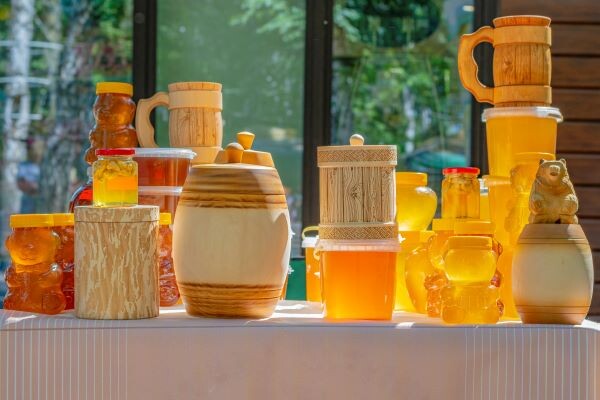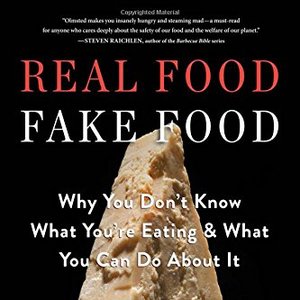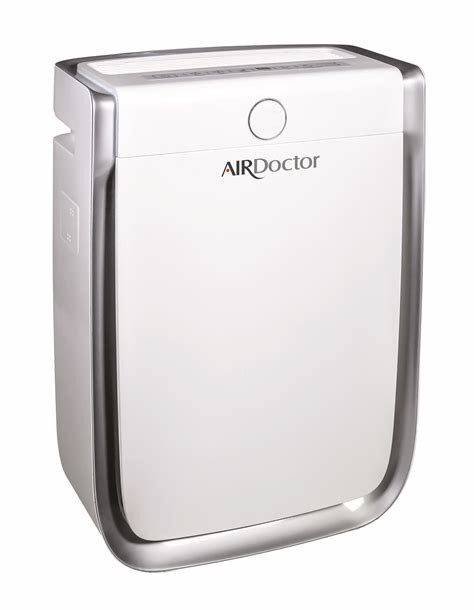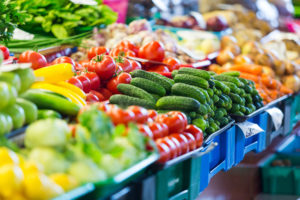Is Your Honey Fake?
Honey is the third most-faked food in the world. Tests have revealed 50% to 70% of all U.S. honey is fake or adulterated. Is your honey real fake?
Real Food/Fake Food
Remarkable as it may seem, food fraud is a huge business and a rampant problem. Award-winning journalist and best-selling author Larry Olmsted revealed many of the food fraud tricks in his 2016 book, “Real Food/Fake Food: Why You Don’t Know What You’re Eating and What You Can Do About It.” We interviewed Olmsted back in 2017. For example, tests have revealed anywhere from 60% to 90%3 of the olive oils you find in grocery stores and restaurants are adulterated with cheap, linoleic acid-rich seed oils. You can listen to the Real Food Fake Food interview here.
Back to honey though–tests have revealed 50% to 70% of all U.S. honey is fake or adulterated, and according to a comprehensive review of fake foods published in the Journal of Food Science, honey is the third most-faked food in the world. As reported by Better Homes & Gardens, October 2, 2023. Here are a few quotes from that article:
What About Manuka Honey?
When it comes to Manuka honey, prized for its superior health benefits, both topically and internally, only one in seven products tested during a 2014 investigation turned out to be the real thing, that is less than 15%!8
The nectar from manuka flowers contains dihydroxyacetone, a precursor to methylglyoxal (MGO), an antimicrobial compound not found in most other honey. The presence of MGO is credited for much of manuka honey’s medicinal prowess, which includes the ability to combat complex antibiotic-resistant infections.
If you’re buying fake Manuka, you’re not only losing out on health benefits, but could worsen your problem as highly processed sugar from high fructose corn syrup feeds bacteria that authentic Manuka would suppress. You’re also burning a big hole in your pocketbook, as Manuka honey is among the most expensive honeys in the world.
The Fraud
Class action lawsuits filed over the last five years reveal the “honey laundering” scheme runs deep — all the way to True Source Honey, one of the largest honey certification groups that is supposed to confirm the source and guarantee the quality of honey.
As noted by the Resnick Center for Food Law & Policy, the drawback that allowed for this is that True Source was founded by the very businesses it certifies.
According to a class action complaint filed in 2021, these honey businesses are “using True Source to fraudulently control the market, sell fake honey at substantially lower prices than honest beekeepers, and divert sales, revenue and profits to themselves.”

How Honey Is Faked
- More often than not, the honey is simply diluted with different sugars and/or syrup made from rice, beet or high fructose corn syrup, thereby forfeiting any health benefits. In rare cases, these additives can also cause the honey to ferment, creating alcohol levels that could be dangerous for children.
- Honey is sometimes heated to high temperatures to avoid crystallization and make it easier to manipulate, yet is still sold as “raw.” Heating above 100 degrees Fahrenheit destroys the beneficial enzymes, effectively eradicating expected health benefits.
- Some honey producers will extract the honey early, when it’s a nectar product and not yet finished honey, and then machine dry it. As a result, it won’t have the health benefits.
- Unscrupulous honey producers will feed high fructose corn syrup to the bees rather than allowing them to forage for pollen.
- Honey is oftentimes labeled as “local” when, in fact, it comes from overseas. So, if you’re using it to address seasonal allergy symptoms, it may not work.
- Honey can be filtered through aliphatic resin, a rinsing technology that removes contaminants. This method obscures the origin of the honey and removes antibiotics, pesticides and undesirable flavors present in the raw product.This method is typically used on low-grade unpalatable honey like Indian Gum honey, which cannot be sold due to its disgusting taste and smell. Once dissolved in water and run through this process, you end up with an unscented light-colored amber honey that can be sold. However, the technology also eliminates the enzymes and chemicals responsible for honey’s health benefits.
- Inexpensive, lower-grade honey can be filtered and then dusted with high-grade pollen from another location to obscure its origin. The end product also may not have the health benefits assumed.
How Can You Be Sure Your Honey Is Real?
With fraud so rampant, how can you be sure you’re getting real, unadulterated, unfiltered honey? The only way to be absolutely certain that honey hasn’t been adulterated would be to test its chemical composition, which is something Sweetwater Science Labs specializes in. As reported by Vice.
Unfortunately, Sweetwater Science doesn’t publish results on their website, but the Vice article includes the results of several honeys brought for testing by the author, Shayla Love. Some of the results are surprising indeed.
A bear-shaped bottle of Great Value Clover Honey from Walmart tested pure, with no sign of adulteration of any kind, whereas a jar of Tennessee “raw, local sourwood honey” turned out to be sourced from Vietnam and contained added non-honey sugars, and a bottle of Whole Foods 365 Organic honey had been adulterated through heating.

How To Know You Are Getting Real Honey
Most people probably aren’t willing to go quite as far as lab testing their honey. In this case, the commonsense strategy is to buy honey from a local beekeeper. You’ll typically find them at farmers markets.
“Many adulterated honeys will lack the floral notes found in pure honey. Adulterated honey may also have a lingering aftertaste, or simply taste too sugary, and is far more sticky and transparent than real honey.”
Also, use your senses when selecting honey. Many adulterated honeys will lack the floral notes found in pure honey. Adulterated honey may also have a lingering aftertaste, or will simply taste too sugary.
Real honey also isn’t very sticky. Rather, it tends to have a balm- or cream-like consistency when rubbed between your fingers. If it’s excessively sticky, chances are refined sugars or syrups have been added.
Real, raw, unfiltered honey also tends to have a cloudy appearance, and may have remnant honeycomb particles or flecks of pollen in it. Over time, it may also begin to crystallize. If it never crystallizes, it might not be pure. If you’re buying Manuka honey, you’ll want to verify the MGO, NPA and UMF content.
- MGO (methylglyoxal) is a measurement of the main ingredient, which has a direct correlation to its antibacterial properties. The higher the MGO, the higher the potency in terms of healing ability. All genuine Manuka honey produced in New Zealand is tested for MGO.
- NPA (non-peroxide activity) refers to its antibacterial activity and is equivalent to the UMF rating. For example, an MGO of 550 equates to an NPA of 15, and many companies will list both on the label.
- UMF (unique manuka factor) is a trademark registered and controlled by the UMF Honey Association, which provides some assurance of both quality and genuineness. The UMF correlates to the MGO, but also includes other quality and authenticity checks.
Thank you to Dr. Mercola for providing much of the research and information in this article!
Thank you for being here and for your support of Food Integrity Now. Check out out health store for some of your health solutions. We are supported by your purchases. If you are not already on our mailing list, join us here. We will only send you emails when we do a new interview or article. Happy Holidays!
If you don’t already have an AirDoctor, you need one! It is my number one product that I support and a very important part of your health regiment. In my opinion, a must! Learn more here.




0 Comments